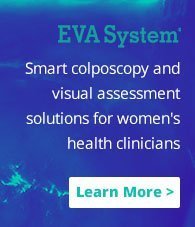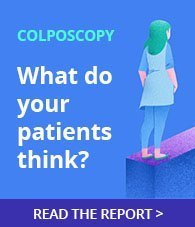

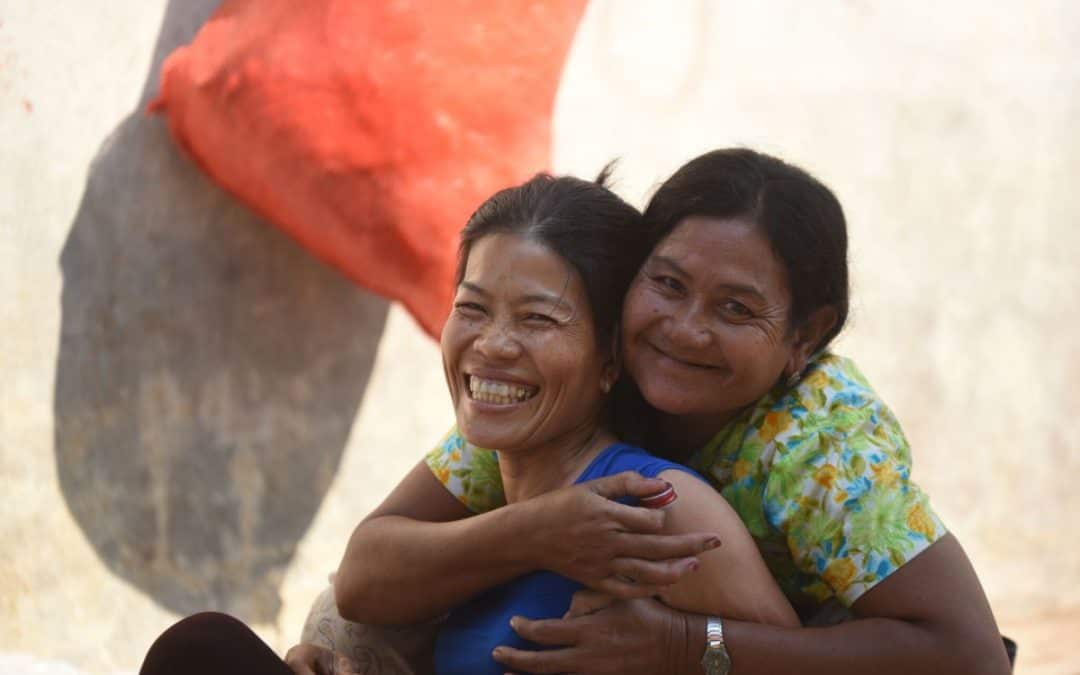
Identifying the most effective method of cervical cancer screening for low resource settings
A new research study may help put effective cervical cancer treatment within the reach of millions of women in low resource settings globally. Published in the British Medical Journal, the prospective study compared methods of cervical cancer screening with the aim of...
Why don’t more nurse practitioners train in colposcopy?
Nurse practitioners are well placed to perform colposcopy. The depth of relationship typically created between NPs and their patients can help put patients at ease about a procedure that can be daunting. NPs generally have more time in each appointment than...
From the Airforce to Fighting Cervical Cancer: Cherissa Jackson
As Cherissa Jackson healed herself from PTSD, she went on to heal others. She founded the non-profit “Project Give Hope” to provide cervical cancer screening and treatment to women in low resource settings, following her retirement from the US air force. Today...
EVA’s global impact on World Health Day 2019
On World Health Day, we take a moment to look at the impact that the EVA System continues to have on women’s health around the globe and forward to the future.
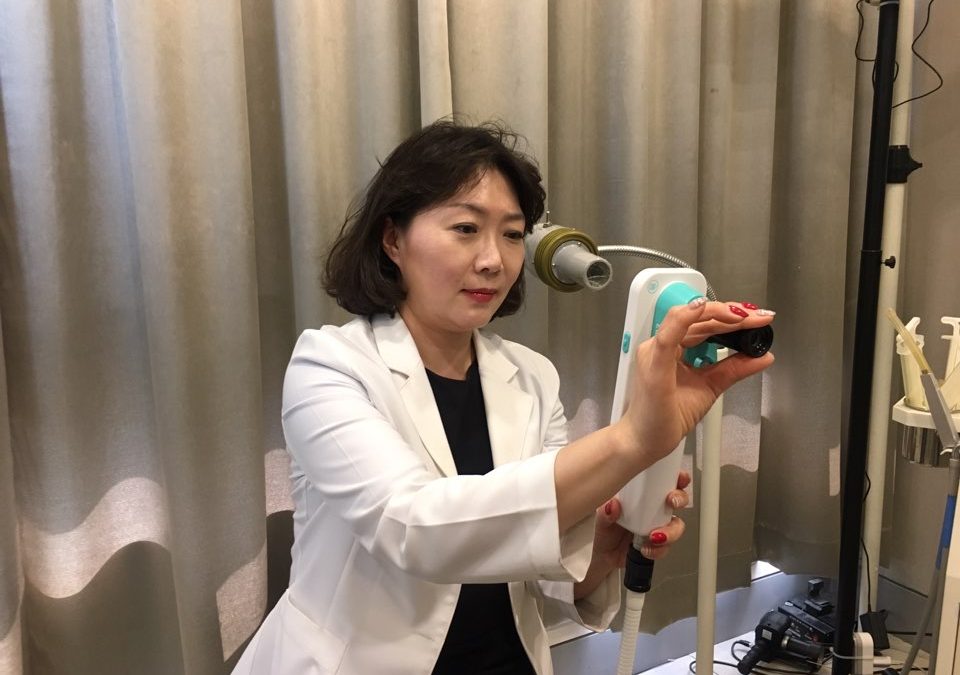
1st Prospective study brings AI for cervical cancer detection a step closer
It sounds like the holy grail of cervical cancer screening: AI for cervical cancer detection based on a single image of a woman’s cervix. No scrape, no wait. Initial results from a prospective pilot in South Korea demonstrate that immediate, point-of-care AI...
How to prevent burnout in SANEs
SANE nurses are at high risk of burnout. Long examinations, extended shifts lasting into the late hours of the night, and the significant burden of guiding sexual assault victims through their darkest hours can quickly take its toll. As a SANE, it is vital that...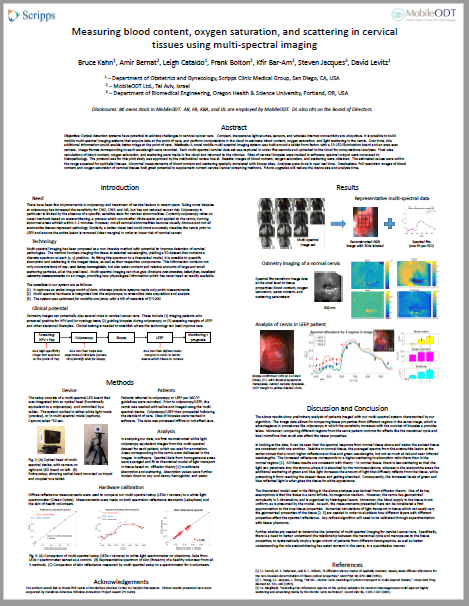
Multispectral imaging for cervical cancer detection
There have been few changes in colposcopy in recent decades despite many advancements in other areas of cervical cancer treatment. HPV testing and vaccination have offered a new dimension to cervical cancer screening and prevention but few adaptations have been made...
